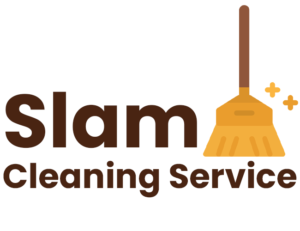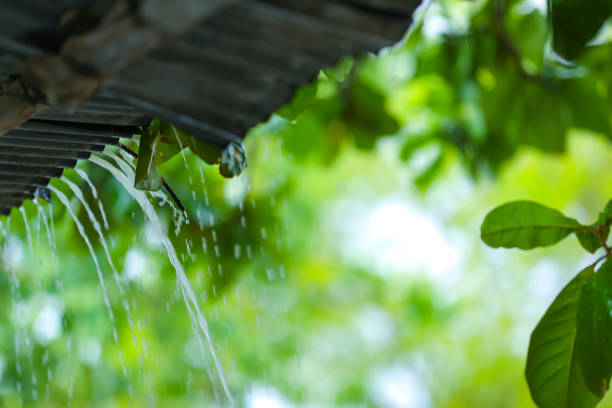In 2023, more Australians will be looking for ways to limit their water usage and become more self-sufficient. Rainwater harvesting is a great way to do this, as it allows you to collect, store, and use rainwater that can be used for various purposes around the home. But how do you get started?
What is Rainwater Harvesting?
Rainwater harvesting is the collection and storing of rain for future use, such as watering gardens or flushing toilets. Rainwater can be stored in tanks or cisterns, either above or below ground. It can also be filtered before being used. Filtering options include a simple cloth filter to more complex filtration systems with pumps and pipes. Companies like The Irrigation Shop have some of the best equipment around, accessible to all.
Benefits of Rainwater Harvesting
Rainwater harvesting has several benefits, including:
- Cost savings– It is free water that can be used instead of paying for municipal or bottled water.
- Sustainability– Rainwater harvesting conserves resources and reduces the strain on local water supplies.
- Protection against flooding and drought– Rainwater harvesting can reduce runoff by storing the water in tanks, which can help prevent flooding during storm events. It can also serve as a backup source of water should there be a drought.
- Reduces pollution– Storing rainwater prevents pollutants from entering local waterways.
Getting Started with Rainwater Harvesting
If you get lots of rain in your area, here’s how to start harvesting it:
- Make sure you have the right kind of land– Rainwater harvesting is most effective on flat or slightly sloped land with plenty of runoff areas.
- Choose the appropriate collection system– Depending on the size and scope of your project, you may need to build a rain barrel, rain garden, or cistern.
- Connect the collection system to your home– If you’re using a cistern for harvesting, it will need to be connected to your home’s plumbing so that the collected water can be used inside.
- Install gutters or downspouts– Gutters and downspouts can help funnel rainwater into your collection system.
- Set up a filtration/treatment system– If you want to use the collected water for drinking, bathing, or other activities that require water safety regulations, you will need to set up a filtration/treatment system to make sure the water is safe for use.
- Maintain the collection system– To ensure your rainwater harvesting system works effectively over time, it must be maintained regularly. This includes regular cleaning of gutters, checking for leaks and repairing them, and inspecting the filtration/treatment systems.
With the right system in place, you can begin reaping the many benefits of rainwater harvesting in 2023 and beyond. You’ll be able to save money on water bills, reduce reliance on traditional water sources, and even help conserve precious natural resources. Plus, you can use your collected rainwater for any purpose – from irrigation to drinking water.
If you own land with plants and crops, for example, you can use harvested rainwater to irrigate them. By using the right filtration systems, you can also make sure that the water is clean enough for drinking and other purposes. And with the proper maintenance, you’ll be able to enjoy a steady supply of quality water in your home or business.
For those looking to start rainwater harvesting in 2023, the first step is to make a plan. Determine the size of your system (based on your needs and available space) and start gathering the necessary materials!

